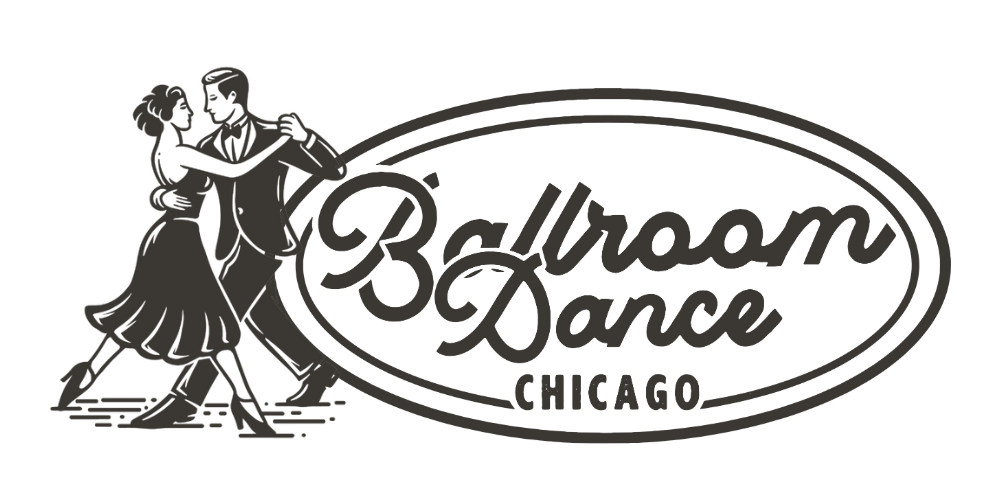BDC Credo: Partner Dance in Today's Culture
At Ballroom Dance Chicago, we’re constantly examining and exploring our roles as dancers, teachers, and inspired individuals in the lives of our students and the wider Chicago community. To deepen and expand our understanding of these roles, we’ve taken to individually writing and sharing our responses to some of the principles we’ve devised to guide Ballroom Dance Chicago.
Why is partner dance important in today’s culture?
Matthew Sove:
We’re way more connected to our friends and family than we ever have been, right? In many ways we are - the whole world is within reach throughout the day (and night, if you’re like most people who sleep with their phone on the nightstand). At any moment, we can text a friend, sign into facebook to see what our hundreds of acquaintances are up to, or give our mom a call to catch up. Yet people report that they are spending less time with others, that their relationships are less satisfying and that they don’t know what’s really going on in their friends’ and loved one’s lives, outside of what’s on whatever feed they happen to be viewing.
We are social animals, but that doesn’t mean that we simply need to have connection, even if it’s through a device. Being social means we’re meant to be in the same room with someone, see their eyes and body language when they talk, see how they react to what we have to say. We need a community we can go to when things are good and bad. We need to have limbic resonance with others. And partner dancing, at a basic level, gives us just that (and way more).
Lydia Feuerhelm:
How long has it been since you were not looking at a screen? 10 minutes? Maybe 20? In today’s culture we are constantly bombarded by the presence of screens: cell phones, tablets, touch screens, self-checkouts. Interactions that used to be handled by human beings are being replaced by computers, more rapidly than our minds can keep up with.
Partner dance is important because it connects people in a way that doesn’t involve “networks,” “circles,” or any of those other buzzwords that are used as disguises for digital pseudo-connection. Dancing together places people back into each other’s lives by placing them within each other’s arms.
Physical connection releases endorphins, making those who’ve engaged feel better. As loneliness, anxiety, depression, and other similar dis-eases continue to plague our society, there has never been a better time to engage in connecting with loved ones, or even strangers through our bodies.
Cathy Gilpin:
The other day, I was walking through the studio’s building when not one, not two, but three people in a row almost walked right through me because they had their faces buried in their phones.
If you think about it, when was the last time you actually looked up and out into the world for more than a couple seconds at a time (just enough to protect yourself from running into or tripping over anything). With everything conveniently located on all the screens in front of us, there just isn’t much need to anymore. I can’t even remember the last time I exchanged more than two or three words with a store clerk! These days, if I’m approached from a friendly stranger with a question or conversation starter, I feel oddly caught off guard and have way too much trouble communicating a clear thought.
Learning partner dance is important now more than ever because it gives us the chance to get back in touch with what human interaction feels like. As conscious, emotional beings, we are made to create connections and share our experiences with one another. We are innately social creatures who have been denying ourselves this privilege for far too long now. As dance instructors, it is our duty to ease the discomfort of experiencing vulnerability and exploration with another human being. In doing so, we hope to pull our community off of their phones and on to the dance floor, both figuratively and literally with one another!
Read more of the BDC Credo
